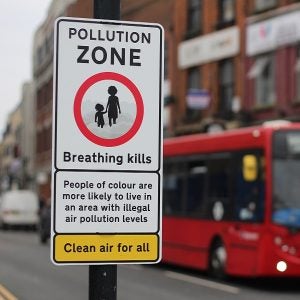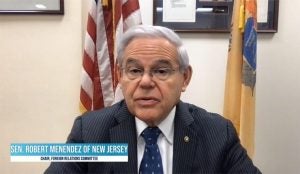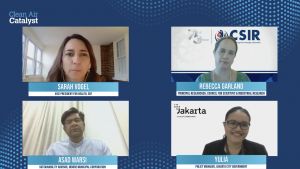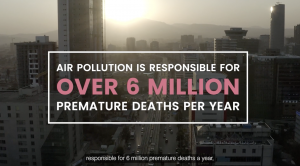Oliver Lord, Head of Policy and Campaigns
London’s major roads – the Red Routes – cut across the capital and carry up to a third of traffic on a typical day. Like in many global cities, these busy, outdated roads create air pollution and environmental stressors that harm people’s health in different ways.
A new discussion paper from Environmental Defense Fund Europe and Centric Lab examines health inequities along the Red Routes and highlights why now is the time for a new, healthier vision for London’s major roads.
Prioritising motor traffic
A swathe of regulations and investment, or lack there of, over a long period of time have prioritised motor traffic in London. In the 1990s, the Government introduced its ‘Red Routes’ policy to designate ’clearways’ in the capital on which through traffic movements would gain greater priority over local journeys. The Red Routes – also known as the Transport for London road network (TLRN) – cut across the capital and carry up to a third of traffic on a typical day.
The prioritisation of motor traffic significantly impacts London’s environment and creates health inequities in the city. Motor vehicle dependency remains high amongst residents and the number of miles driven by commercial vans has risen exponentially in recent years. Moreover, the Red Routes network was established in a time mostly unrecognisable today – when diesel did not have a prominent use, estimates of how the city would grow were more conservative and e-commerce deliveries were unheard of.
Air pollution and health
Londoners living, working, visiting and going to school near to a busy road are exposed to far greater levels of air pollution than elsewhere in the capital. This is a particular case for the Red Routes. According to new modelled data by Cambridge Environmental Research Consultants as part of the Breathe London pilot project, in comparison to an average road in London levels of nitrogen dioxide (NO2) pollution are 57% higher and levels of fine particulate matter (PM2.5) are 35% higher on these roads. The Red Routes will also likely be some of the last areas in the UK to meet air quality thresholds as recommended by the World Health Organization.
Ruth Fitzharris, a London mother of a young son, has felt these dangerous impacts first-hand. In the past few years her son had 12 asthma attacks, two of them life-threatening. Ruth says she was informed by the head of a severe asthmatic clinic that air pollution was a significant contributory factor to her son’s condition. Additionally, her consultant pediatrician with specialism in respiratory medicine advised her to avoid main roads when possible.
Health assessment on Red Routes
Data analysis is needed to better understand the health impacts of the Red Routes and to identify who is at greatest risk. Centric Lab undertook a health assessment of the Red Routes network – the findings are presented in the discussion paper, alongside a data matrix available for download.
The health impacts of transport-related air pollution are multifactorial and systemic. To understand the full extent of how air pollution impacts a person’s life, Centric Lab considered proximity to pollution sources alongside other pollution types (e.g., noise and light), as well as intervening social and behavioural stressors. Examples of these stressors include feeling physiologically safe, legibility and socio-economic differences.
The health assessment brings to light people’s lived experience along the Red Routes. For example, it identified how the A12 between Poplar and Bromley By Bow is a particular concern for the neurodiverse community (e.g., people on the autism spectrum or with dyslexia), as air pollution impacts are compounded by complex, disorganised and noisy environments. Similarly, the A13 between Whitechapel and Limehouse can be overbearing for children owing to environmental stressors and high levels of air pollution affecting their early stages of development. The assessment concluded all parts of the Red Routes are a priority for intervention and action should be taken to make them significantly healthier and safer.
Time for change
As the capital strives for cleaner air and considers a firm action plan to decarbonise the city, data suggests the Red Routes policy is ripe for a review. Red Routes continue to be designated primarily areas for motor movement, conflicting with the growing number of people who live and conduct daily activities by these roads.
London is also at risk of being left behind in a global movement to transform polluted arterial roads in cities. Examples include transformation projects in Seoul, Barcelona and Paris, where major thoroughfares have either been repurposed or demolished to reduce the dominance of motor vehicles. Policymakers must come together to assess whether the Red Routes are still fit for purpose, so London can become a healthier and more equitable city.
You can read the full discussion paper here. You can watch a relevant discussion here, which took place at a Centre for London webinar with health and transport experts.














